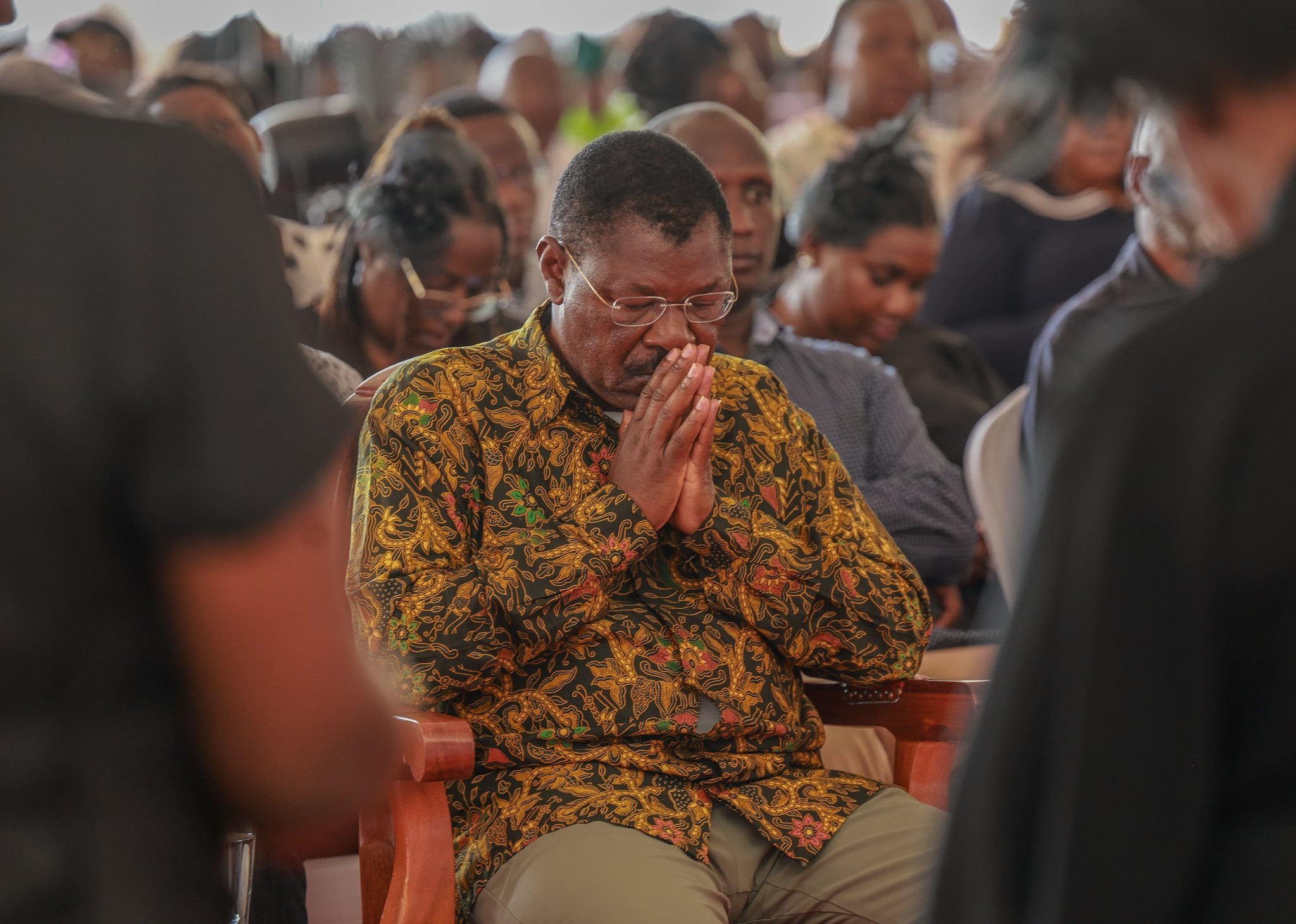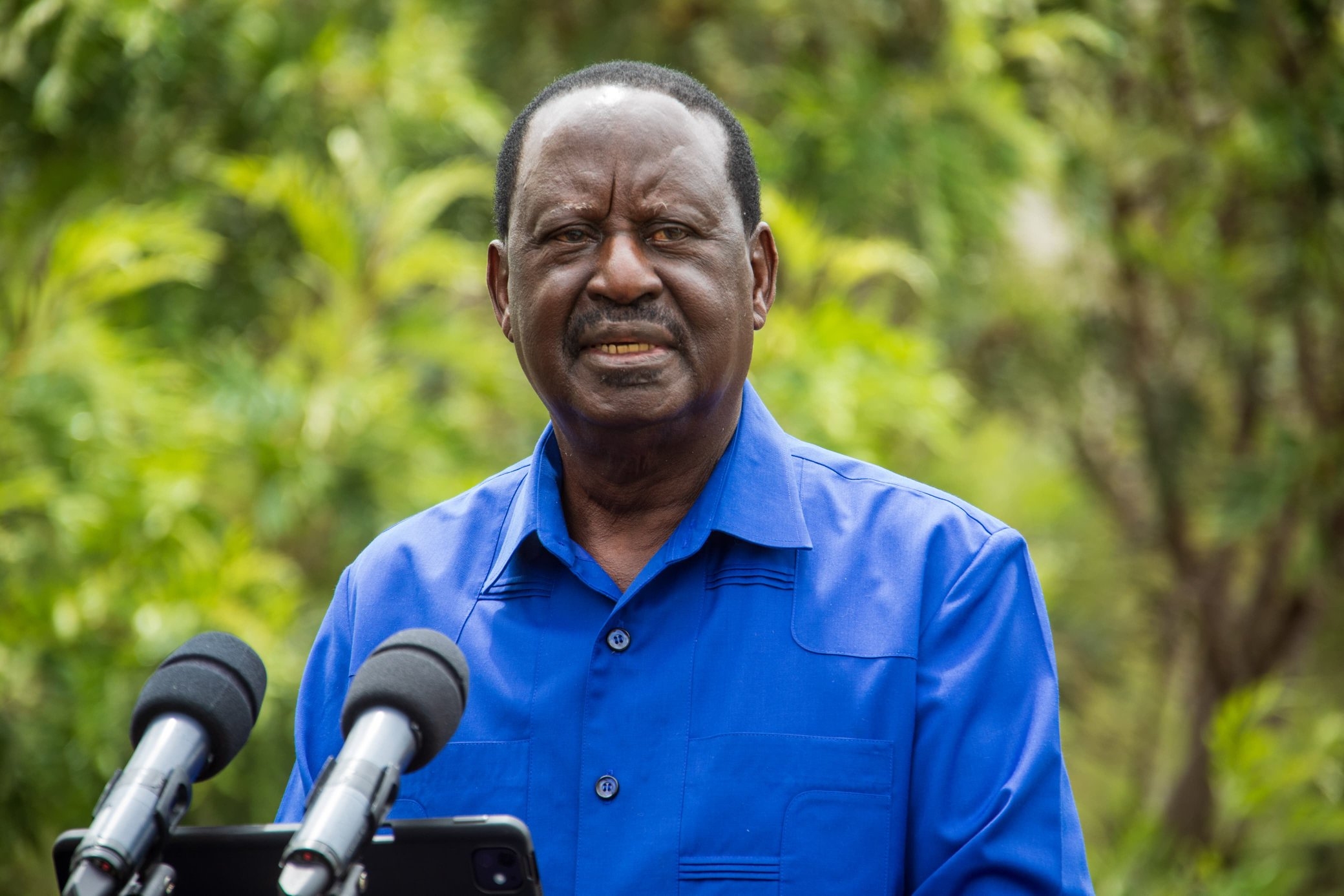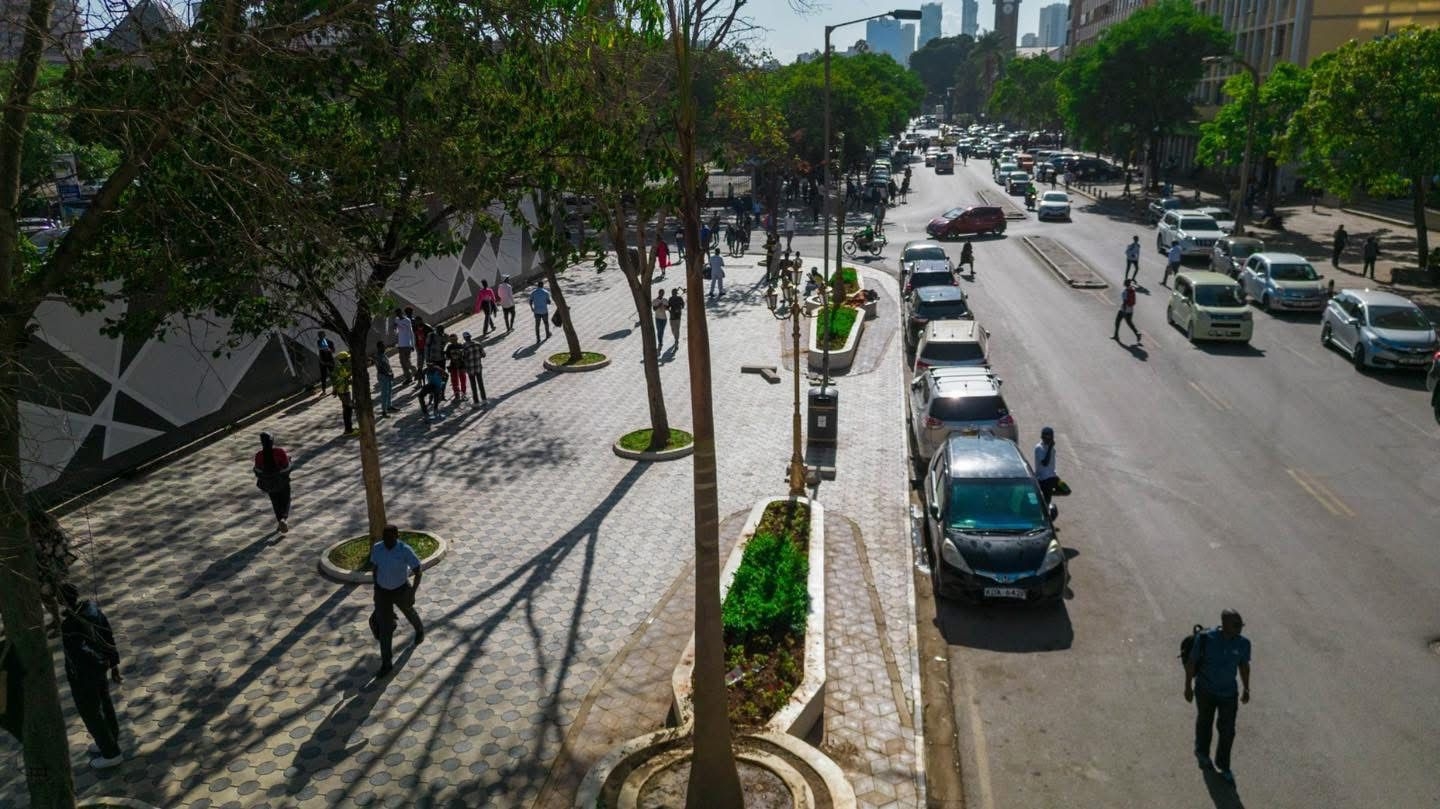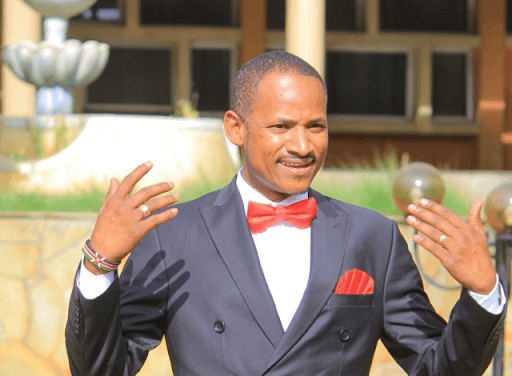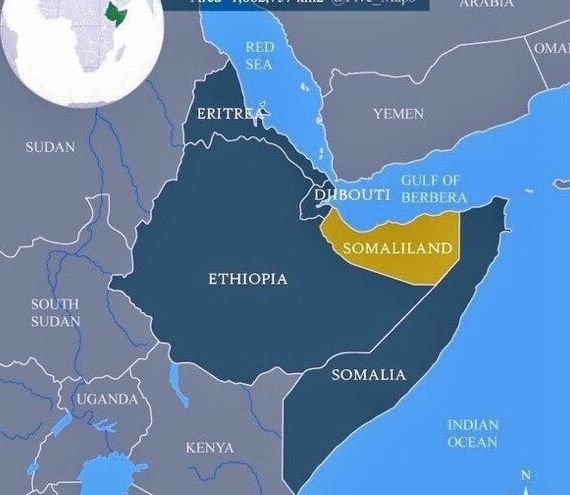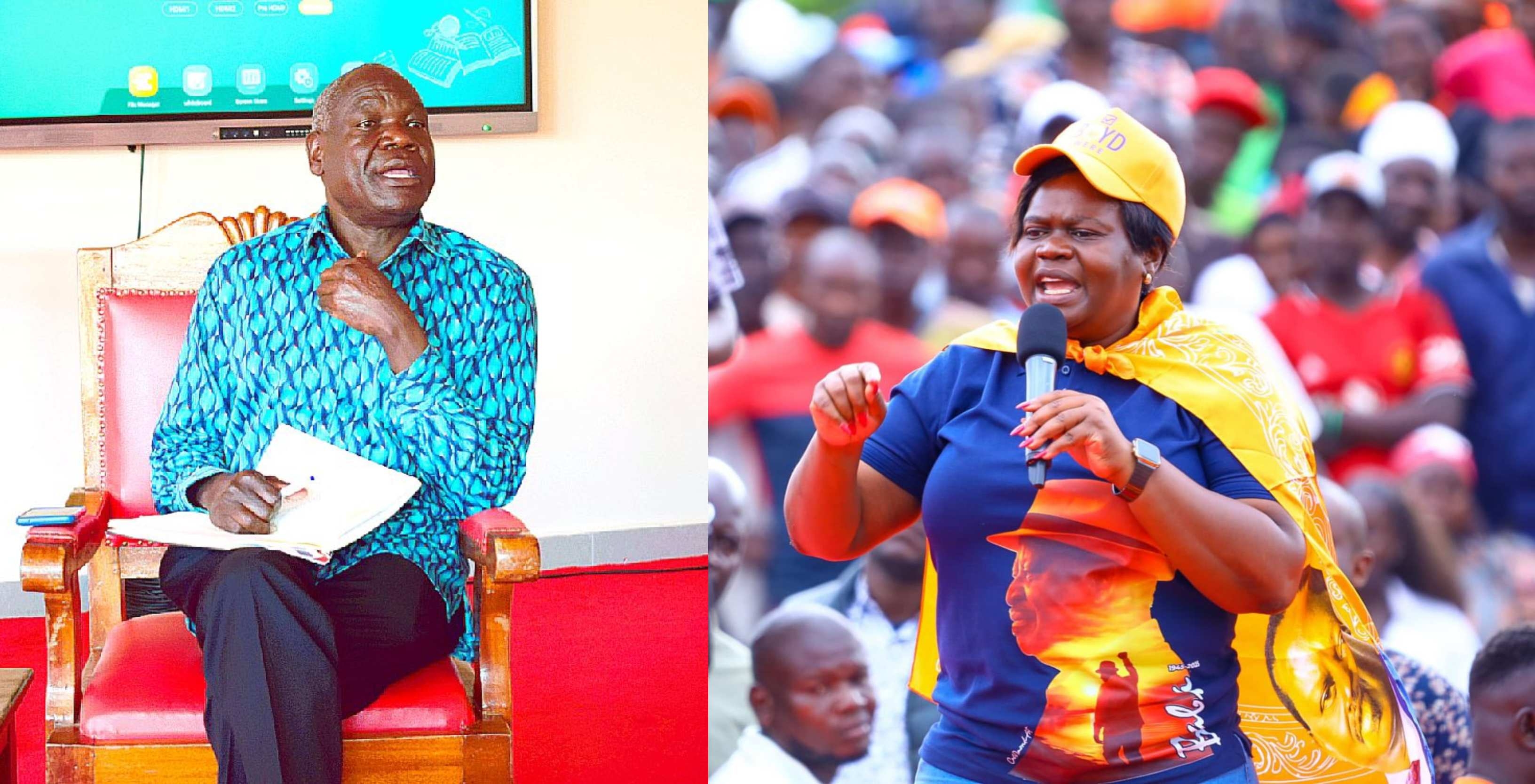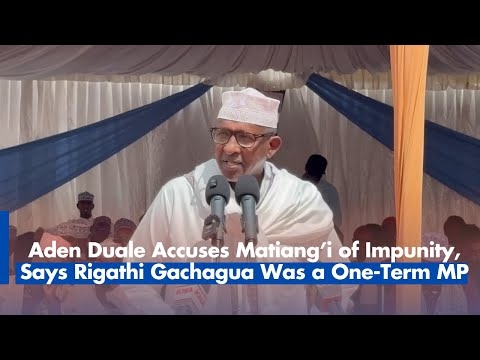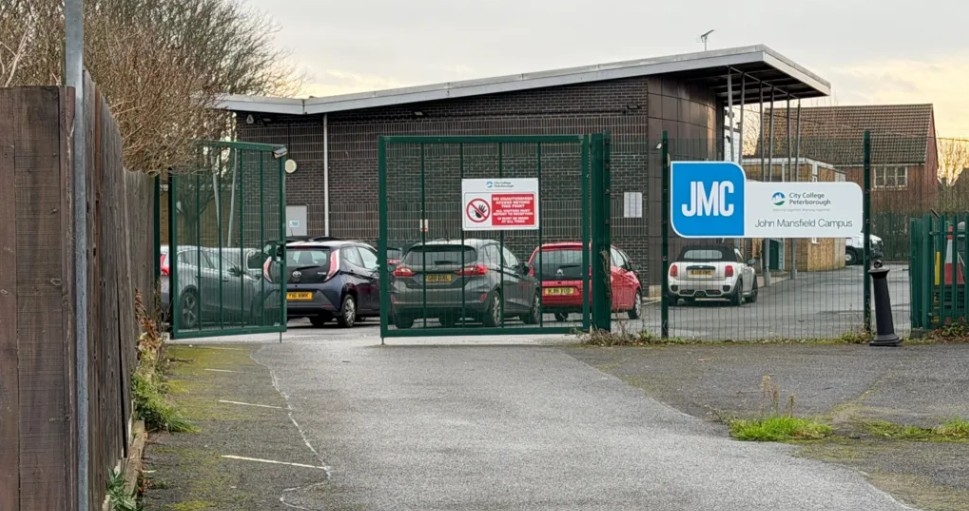
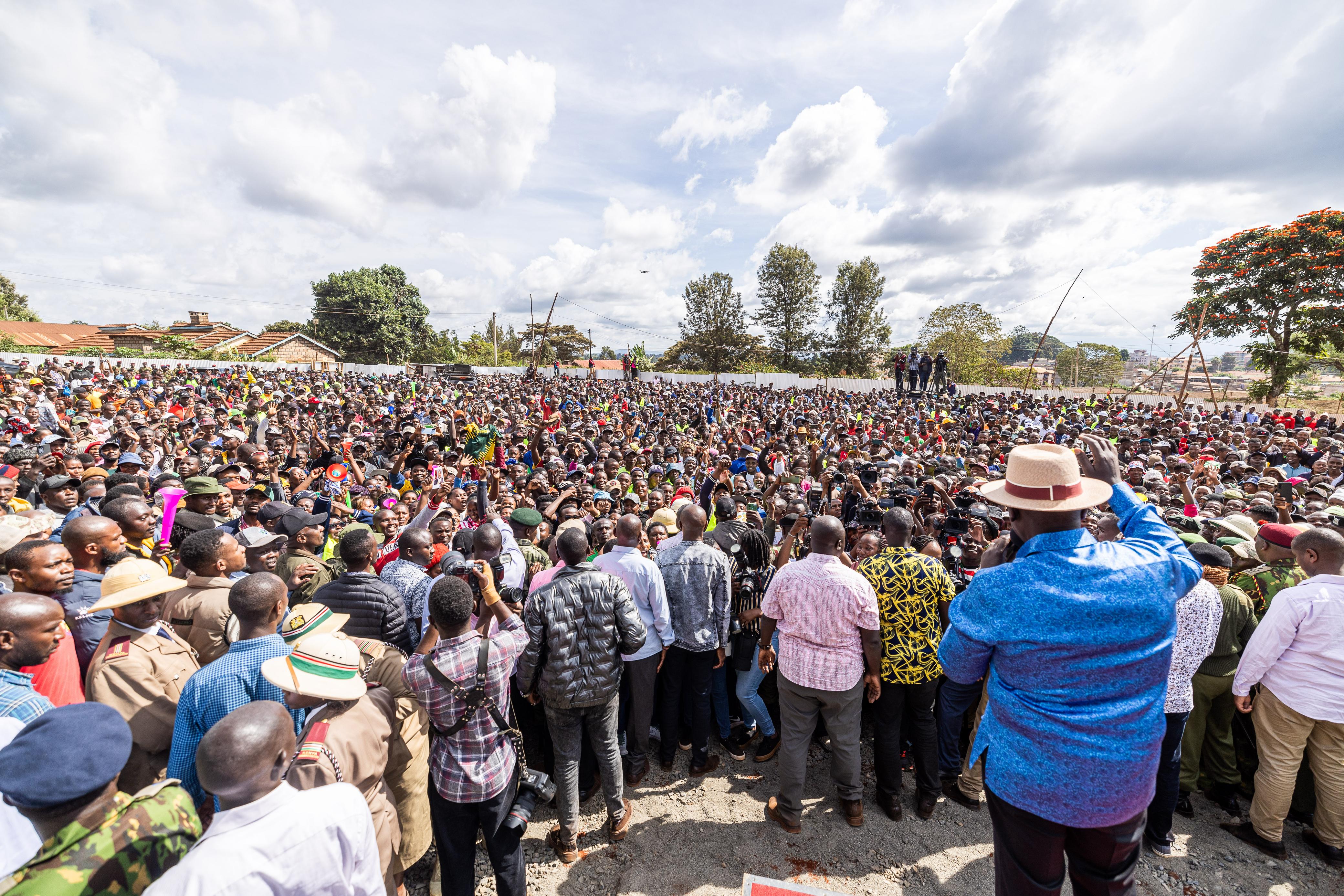
Away from the usual political noise, a lot of positive
development programs are ongoing in Kenya.
Many of them have been showcased during the President’s
tours across the country.
Through deliberate action, the President has demonstrated his
intent for every part of Kenya to feel the weight of his commitment to
transforming the nation into a modern economy—despite challenges that are
common across many developing and middle-income nations.
We must not forget that global disruptions, including the
COVID-19 pandemic and the Russia- Ukraine war, severely affected global supply
chains—especially in critical areas like food, fuel, and fertilizers.
But even in the face of these headwinds, Kenya has pressed
on. Inflation has dropped from 9.6% in 2022 to about 3.6% in March 2025.
The Kenyan shilling
has stabilized at around 129 to the US dollar, and fuel prices have become more
predictable.
The policy of subsidizing food production rather than
consumption has borne fruit, leading to bumper harvests and making maize and
maize flour more affordable for ordinary Kenyans.
Agriculture, once viewed as a sector in decline, is
regaining its shine under President Ruto’s watch.
Sugarcane farmers linked to Mumias Sugar Company have
received long-overdue bonuses—restoring confidence in a region that once bore
the brunt of mismanagement.
Nationwide, coffee farmers are finally enjoying better
prices after decades of exploitation.
Miraa growers, especially in Meru and Isiolo, are benefiting
from improved returns thanks to better market access and pricing mechanisms.
Milk producers are seeing higher farm-gate prices due to
more efficient dairy value chains.
These developments are not accidental—they reflect
deliberate policy choices to revamp agriculture as a central pillar of Kenya’s
economy.
The government's strategic interventions in sugar production
have increased domestic output significantly—reducing sugar imports, saving
foreign exchange, and reviving local millers.
These gains are not just economic; they reconnect government
with rural producers whose votes matter.
Infrastructure projects continue, and the government has not
defaulted on loan repayments, maintaining the country’s international
creditworthiness. These are not minor achievements.
But in Kenya, politics is never far away—perhaps why the
President has taken it upon himself to directly communicate the government’s
work.
He has chosen to meet the public head-on, engaging wananchi at the grassroots and challenging propaganda with facts.
Disgruntled politicians have tried to rebrand their personal
political misfortunes as national crises.
In this context, the
President’s decision to speak up becomes not only wise but necessary.
Recent events reveal something deeper: President Ruto is on
a strategic, ambitious mission to build a broad national coalition ahead of the
2027 elections.
Like a seasoned farmer preparing the land early for
planting, Ruto is cultivating goodwill across Kenya’s diverse regions—using a
blend of political charm, development performance, and inclusive outreach.
A major milestone was his five-day tour of the Mt. Kenya
region beginning on March 31, 2025.
Despite forecasts of political frostiness, the President was
received warmly in nine counties and 22 constituencies.
This region, which
gave him more than 3 million votes in 2022, remains crucial to any serious
presidential bid.
His engagements—ranging from launching markets to discussing
youth empowerment—were not just political optics.
They were statements of intent: that Mt. Kenya’s aspirations
still matter at the highest level.
At present, no
challenger commands greater political clout in Mt. Kenya than the incumbent.
Shortly thereafter, Ruto joined Raila Odinga at the funeral
of George Oduor, Raila’s longtime aide. The occasion symbolized political
maturity and magnanimity.
His eulogy, which blended respect with subtle political
messaging, reminded Kenyans of his roots in ODM and his continued relevance in
the reformist tradition.
It also served as a
gentle but firm rebuttal to ODM Secretary General Edwin Sifuna—signaling that
the spirit of bipartisan dialogue is not a mirage, but a reality with Raila’s
blessing.
Across regions, Ruto is weaving a political quilt—ensuring
no community feels left out.
In Western Kenya, tangible gains like the opening of the
Kakamega Level Six Hospital, investments in agro-processing in Bungoma, and the
revitalization of Mumias Sugar are turning campaign promises into reality.
In Nyanza, digital economy programs like Ajira and road
infrastructure upgrades are thawing long-standing political coldness.
The President’s warm reception there indicates his strategy
has multiple paths to 2027 victory.
On the Coast, the government has accelerated land
adjudication processes and invested in the Blue Economy—addressing historical
grievances.
Vocational training and youth skilling have also helped grow
UDA’s appeal in a region once firmly under opposition control.
In Northern Kenya, often sidelined in national development,
Ruto’s administration is unlocking potential. Relaxed vetting for national IDs
is granting long-denied rights.
Borehole projects, peace programs, and road investments are integrating the region more fully into the national framework.
Nairobi, with its 2.5 million voters, remains a political
battlefield.
Affordable housing, digital job creation, and transport
reforms have started shifting public sentiment.
Ruto’s Rift Valley stronghold remains solid, fueled by
agricultural subsidies and infrastructure works.
If the President succeeds in blending the 2007 ODM electoral
map with UDA’s current organizational strength, the result could be a political
juggernaut.
The 2007 map covered the Rift Valley, Western, Nyanza,
Coast, and parts of Nairobi.
Even partial reclamation of these zones, combined with UDA’s
base as it is currently, would make a 2027 victory margin for president Ruto much higher than the 2022 one.
As the country moves toward 2027, it is evident that
President Ruto will not just be running a campaign—he is laying the foundation
for a legacy that will outlive him and part of this legacy is what will most
likely earn him victory for a second term as the 5th President of the Republic
of Kenya.
Through region-specific development, symbolic political
outreach, and consistent messaging, he is presenting himself not just as a
leader for now, but as one for the ages.
In a nation where political tides are unpredictable, Ruto’s
journey to 2027 is shaping up to be deliberate, dynamic, and possibly historic.
The road ahead may
still twist and turn—but the engine is running, and the President appears
firmly in control of the wheel.
Fwamba NC Fwamba is a Governance Analyst




